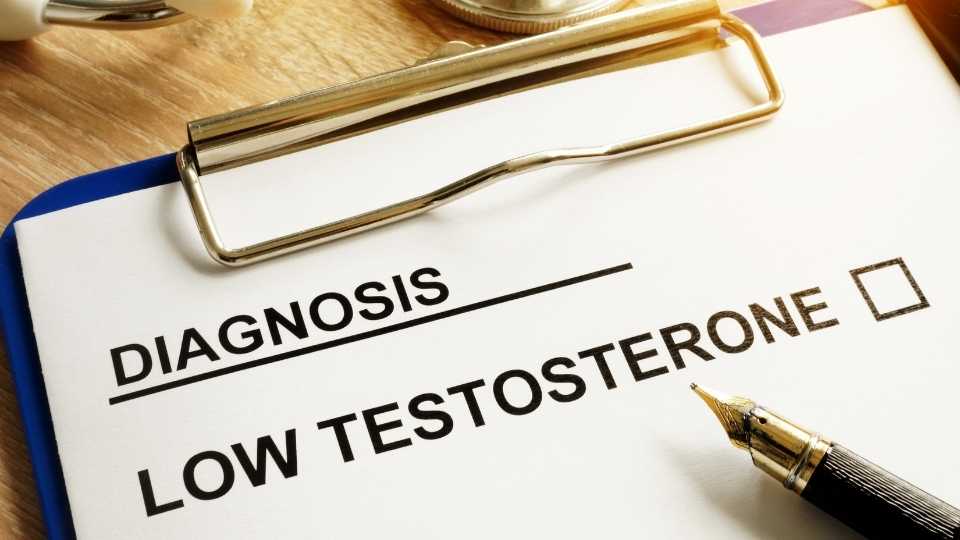Testosterone Killing Foods
Overview
Testosterone benefits cover many aspects of a man’s life, including sexual function, muscle growth, mood, and fertility.
Unfortunately, many people are unaware that certain foods could plummet their testosterone levels. This issue is more pronounced in older individuals since testosterone levels by age do not remain constant.
In this article, we will discuss the accurate ranges of normal testosterone levels, then switch gears to some food elements that may be crushing this vital hormone.

What are normal testosterone levels?
To reap testosterone benefits, you need to maintain a normal concentration of this hormone.
Unlike other blood parameters, however, testosterone levels by age vary. This is due to a number of factors that interfere with the production of testosterone.
The main endocrine system that regulates the production of testosterone is the hypothalamic-pituitary-gonadal (HPG) axis.
The first step involves the secretion of gonadotropin-releasing hormone (GnRH), which travels to the pituitary gland to promotes the production of luteinizing hormone (LH) and follicle-stimulating hormone (FSH). The function of LH in males is to stimulate Leydig cells to produce testosterone – they are located in the testicles. Once testosterone levels increase, a negative feedback loop kicks in, preventing the excessive secretion of GnRH and LH.
Out of all the produced testosterone, only 4% gets converted to the active form by a reductase enzyme. Another 0.2% gets converted to estradiol by the enzyme aromatase. The remaining testosterone becomes inactive and is excreted via the urine.
After the age of 30 years, testosterone levels start to drop by an average of 1% per year. The interpretation of this decline created two school thoughts.
The first states that the drop of testosterone has clinical significance, which is why a concept known as andropause is being investigated by North American scientists.
On the other hand, other experts believe that this decline is merely a barometer of physiological aging.
To this day, there is no consensus on the nature and impact of testosterone levels by age.
The table below demonstrates testosterone levels by age:
Age (years) | Testosterone levels (nanograms/deciliters) |
Less than 25 | 376–1008 |
25–29 | 257–1081 |
30–34 | 233–1009 |
35–39 | 219–975 |
40–44 | 201–993 |
45–49 | 220–872 |
50–54 | 170–918 |
55–59 | 165–900 |
Testosterone killing foods that may be lowering your levels
- Soy-Based Products
According to some research, consuming soy products (e.g., tofu, soy milk) on a regular basis can decrease testosterone levels.
In one study, researchers found that drinking soy protein isolate lowered testosterone levels after 54 days of consumption.
The explanation for this phenomenon may reside within the high levels of phytoestrogens in soy foods. You see, this plant form of estrogen will alter testosterone’s production process, which could potentially drop its concentration.
Note that studies on humans are limited in this field. Nevertheless, one study on rats found that phytoestrogens lead to a significant drop in testosterone levels and prostate weight.
Before drawing any conclusions, more research on human subjects is necessary.
2. Mint
Spearmint and peppermint may be responsible for exacerbating the drop of testosterone levels by age.
In one study, 42 women drank daily spearmint herbal tea for 30 days. The vast majority of participants had an important decline in testosterone levels. While this is normal for women, it can be devastating for men.
Another animal study concluded that the administration of spearmint essential oil in rats reduces testosterone levels.
3. Licorice Root
Licorice root is a common ingredient in candies and beverages. Moreover, people use it as part of holistic medicine to treat chronic pain.
Surprisingly, some research papers suggest that licorice may be one of the testosterone killing foods.
For instance, one study had 25 men consume 7 grams of licorice root daily. After one week of conducting the study, testosterone levels dropped by an average of 26% in all participants.
Fortunately, most research states that licorice root is responsible for this drop, not licorice candy.
4. Vegetable Oil
Canola, soybean, and corn are all rich in polyunsaturated fatty acids, such as omega-3.
While these compounds are essential for cardiovascular and brain health, they may interfere with your production of testosterone.
In one study, scientists found a correlation between consuming polyunsaturated fatty acids and a significant drop in testosterone levels.
However, correlation does not indicate causation. In other words, just because consuming polyunsaturated fatty acids coincided with a drop in testosterone does not mean that the former causes the latter.
5. Flaxseed
Flaxseed is extremely rich in healthy fats, vitamins, minerals, and fiber. However, this food is also high in lignans, which bind to free testosterone in your blood and forces its excretion. Additionally, omega-3 fatty acids may also contribute to decreasing testosterone levels even further.
Consequently, there is some research that suggests the negative impact of flaxseed on testosterone.
6. Alcohol
Studies already established the benefits of occasional alcohol consumption. However, these benefits turn to serious consequences when you start consuming alcohol excessively.
Unlike the other testosterone killing foods on our list, too much alcohol can plummet your male sex hormone levels.
In a study of 19 healthy adults, consuming 30 grams of alcohol (1–2 drinks) per day can decrease testosterone levels by up to 6.8% in just 3 weeks.
What’s more, scientists found that alcohol intoxication may actually increase testosterone in women but plummet its levels in men.
With that said, the quality of published research does not qualify to reach definitive conclusions or come up with new guidelines.
Takeaway message
Learning about the physiological levels of testosterone will help you understand when you are in the normal range.
We hope that this article helped you understand how age impacts testosterone levels and what you should be aiming for.
If you have any questions about testosterone levels by age, please do not hesitate to share them in our comment section below or contact us by clicking on this link (insert link of the contact page).

